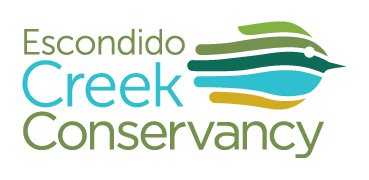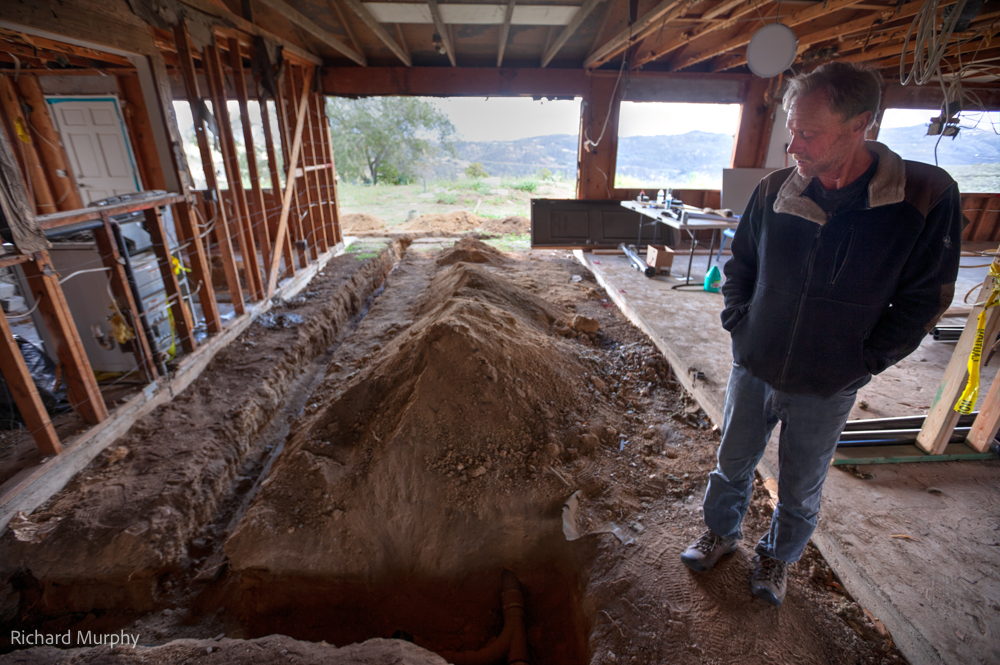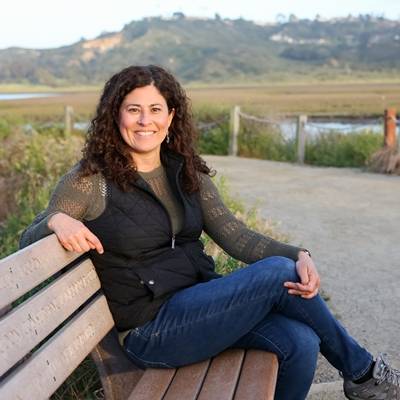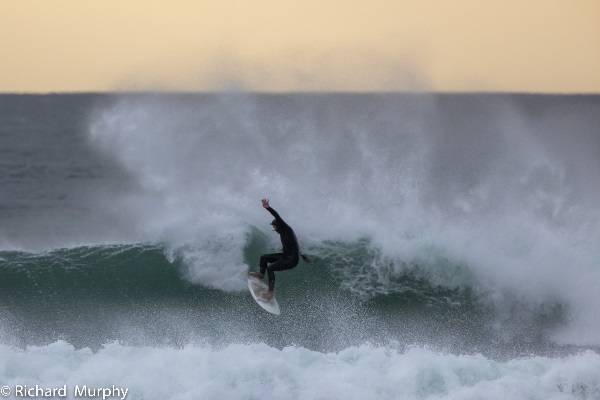
Longtime collaborator, environmental educator joins Conservancy board
Little Christina’s work in the Escondido Creek watershed started at age 10. Her research associate was a scruffy, brown terrier, Duncan. The coastal sage scrub and wetlands near their Solana Beach home had a magnetic pull for the girl and her dog.
“I learned meager birding skills on the south side trails of San Elijo Lagoon,” she said.
Through the years, fascination with nature has led Christina Simokat to academia and, as of this month, to the board room of the Escondido Creek Conservancy as one of its newest directors. But her alliance with the Conservancy is nothing new.
Starting in 2014, in her role as a lecturer for the Cal State University San Marcos Environmental Studies Program, Simokat pointed her introductory students toward the Conservancy to complete service learning projects. The projects took students into the field to remove invasive plants and replace them with natives.
Beyond the win-win arrangement of great experience for the students and program support for the Conservancy came higher benefits — some of the students went on to intern for the Conservancy or even join its staff.
“The Escondido Creek Conservancy is really playing a part in shaping the environmental professionals who will work in the field in San Diego in the future,” Simokat said.
Simokat’s charges learn early on that San Diego County, as a home to many endemic plants and animals, is considered a biodiversity hotspot. Part of what makes it a hotspot is that some of those endemic species are threatened — if we lose them, they’ll be gone forever.
She delights in the biodiversity of habitats within the Escondido Creek watershed: the oak woodlands of the upper watershed; chaparral; coastal sage scrub; riparian; the extremely rare salt marsh habitat at the convergence of salt and fresh water; mud flats of the marine wetlands, which are shown to play an important role in carbon sequestration; coastal dunes; the under-appreciated beach wrack community, where a peculiar population of beetles and sand flies inhabit seaweed, surfgrass, driftwood and other organic material that washes onto the beach, and finally, the offshore Marine Protected Area at the watershed’s terminus.
Simokat loves this stuff. She adds, quickly: “We have more bird species that either live here or migrate through here than anywhere else in the US.”
At the university campus, symbiosis between Simokat’s environmental studies program and the Conservancy has resulted in the Conservancy being recognized as an official partner. The affiliation helped to secure grant funding for work at the campus garden.
Discussions for Simokat to serve on the Conservancy’s board came naturally and her decision to join was made easier by the collegial interactions of its members, she said.
Simokat would understand. In addition to her work in environmental science, Simokat has worked a parallel career in dispute resolution and conflict management.
“I’ve facilitated for a lot of nonprofits having issues,” she said, “and am pretty familiar with things to look for in a healthy and effective board.”
Simokat the teacher understands the value of students having a healthy relationship with nature. During a stint at Platt College — a private, computer school in San Diego — she taught environmental science classes for non-science majors, many of them web developers or gamers who had no previous interest in the outdoors. The same students would become wide-eyed and enthusiastic during field trips to Mission Trails Regional Park.
“All you have to do is plunk ’em outside,” she said. “Basically, you take anyone outside, they always find something to appreciate.”
Simokat lives in Encinitas with her husband, daughter, dogs, cats, fish, and a snake.
Adam Kaye is a freelance writer. Contact him at [email protected].





